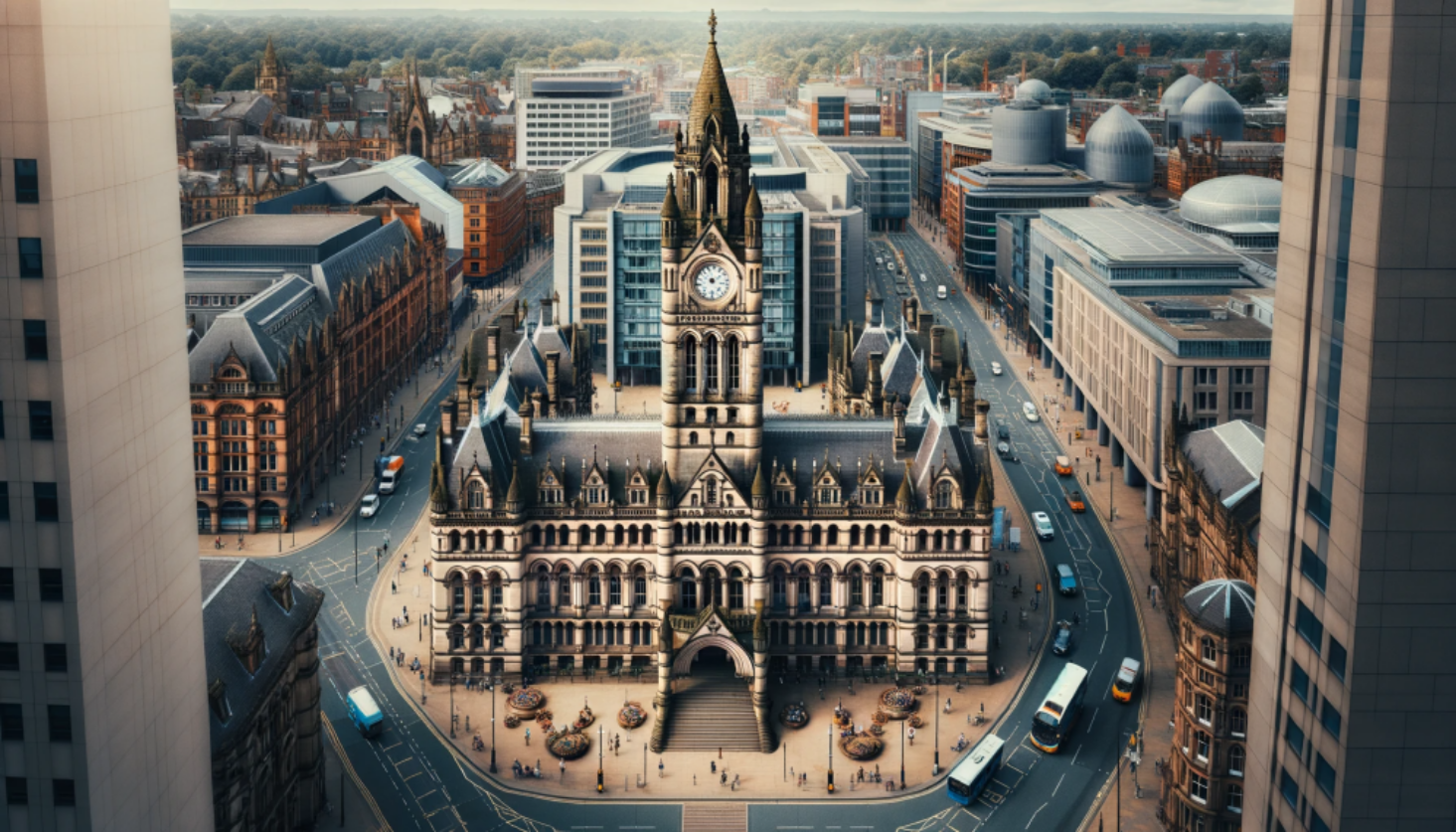
Uncovering Manchester Historic Sites: An In-depth Exploration Guide
Manchester, a city with a rich history and significant industrial heritage, boasts several fascinating historic sites that showcase its illustrious past. From majestic landmarks to cultural institutions, Manchester offers a plethora of attractions for history enthusiasts.
Manchester’s history is marked by industrial advancements, significant events, and architectural marvels. Understanding the most significant historical events, the architectural style of the city’s historic sites which are highly sought by photographers, the stories behind these landmarks, and how to explore them will provide a deeper appreciation of Manchester’s rich heritage.
The city’s history continues to influence its culture and identity, making it a fascinating destination for history lovers and curious explorers alike. Let’s explore some of the notable Manchester historic sites in Manchester.
Manchester Cathedral
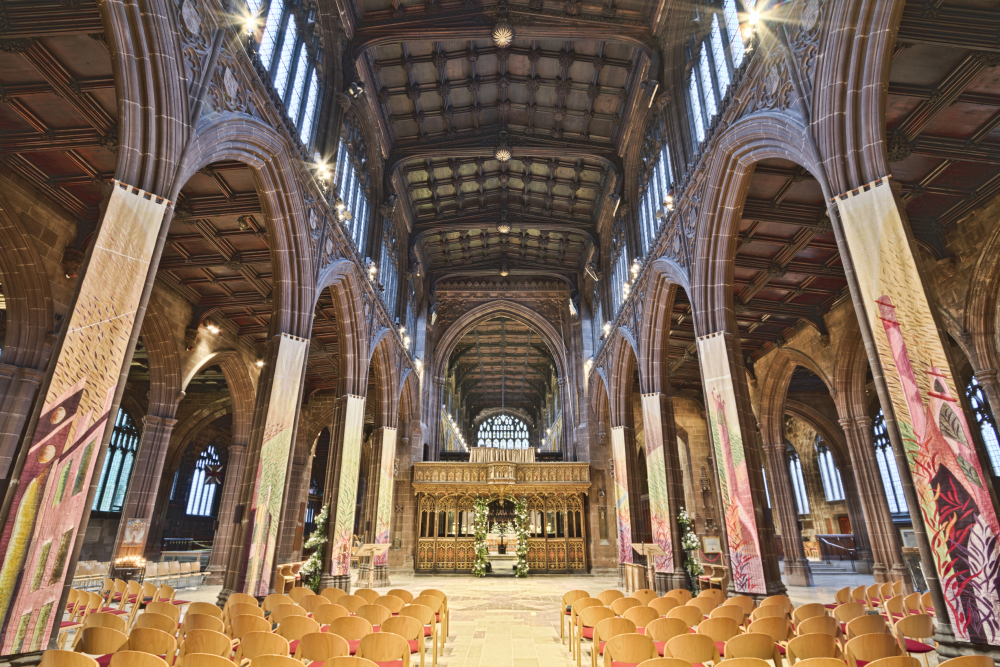
Manchester Cathedral is a historic landmark in Manchester, UK. It dates back to the 7th century when a church was built on this site. Over time, it has been renovated and added to, resulting in its impressive Gothic architecture.
The Cathedral serves as the mother church of the Diocese of Manchester and attracts visitors from around the world. It is not only a place of worship but also an important cultural institution.
Inside the Cathedral, you will find stunning stained glass windows, vaulted ceilings, and ornate woodwork. The nave, with its elegant columns and high arches, is particularly awe-inspiring. It offers a serene atmosphere for prayer, reflection, or simply admiring the craftsmanship.
In addition to its religious significance, Manchester Cathedral is also a venue for various events and concerts. Its acoustics make it popular for music performances and its surroundings provide a unique backdrop for special occasions.
If you are visiting Manchester, a trip to Manchester Cathedral is a must. It offers a captivating experience for those interested in history, architecture, or spirituality.
To make the most of your visit, here are a few suggestions:
1. Take a guided tour to learn about the Cathedral’s history and significance.
2. Attend a service or special event to experience the vibrant community.
3. Climb the tower for panoramic views of the city.
4. Visit the gift shop for unique souvenirs or religious artifacts.
Castlefield
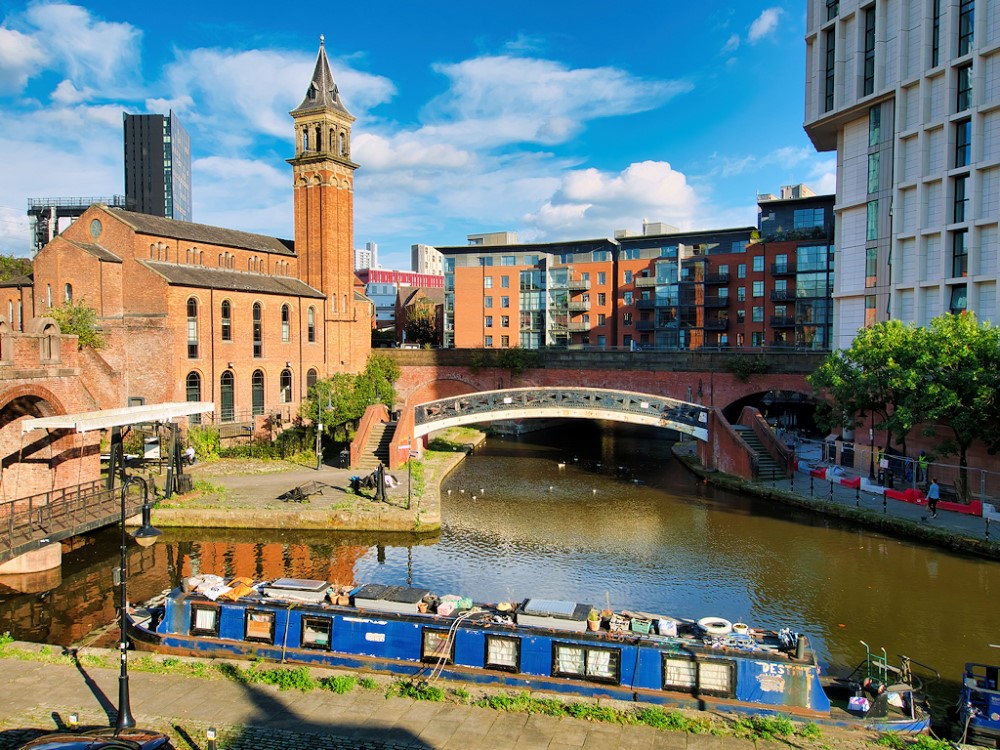
Castlefield is an area of great historical importance in Manchester, UK. It possesses a rich architectural legacy and provides visitors with a glimpse into the city’s industrial history. One prominent landmark in Castlefield is the Roman fort, which was constructed in the 1st century AD to safeguard the region known as Mamucium from potential invaders. The fort covers an area of approximately 2,524 square metres and was inhabited by Roman soldiers.
Another significant feature of Castlefield is the Bridgewater Canal, the first canal built in Britain for the purpose of transporting goods. Completed in 1761, it played a vital role in the industrial revolution by facilitating the movement of coal and other raw materials. In addition to its historical sites, Castlefield is also renowned for its lively atmosphere and cultural events. Visitors can take part in activities such as live music performances, art exhibitions, and food festivals that occur in the area.
It should be noted that Castlefield was designated as a conservation area in 1980 in order to preserve its distinctive historical and architectural character. This designation ensures that any future developments in the area must adhere to conservation guidelines in order to safeguard its heritage for future generations.
Fact: Castlefield is home to the only remaining Roman site in Manchester, the Roman fort of Mamucium, which attracts thousands of visitors annually.
The John Rylands Library
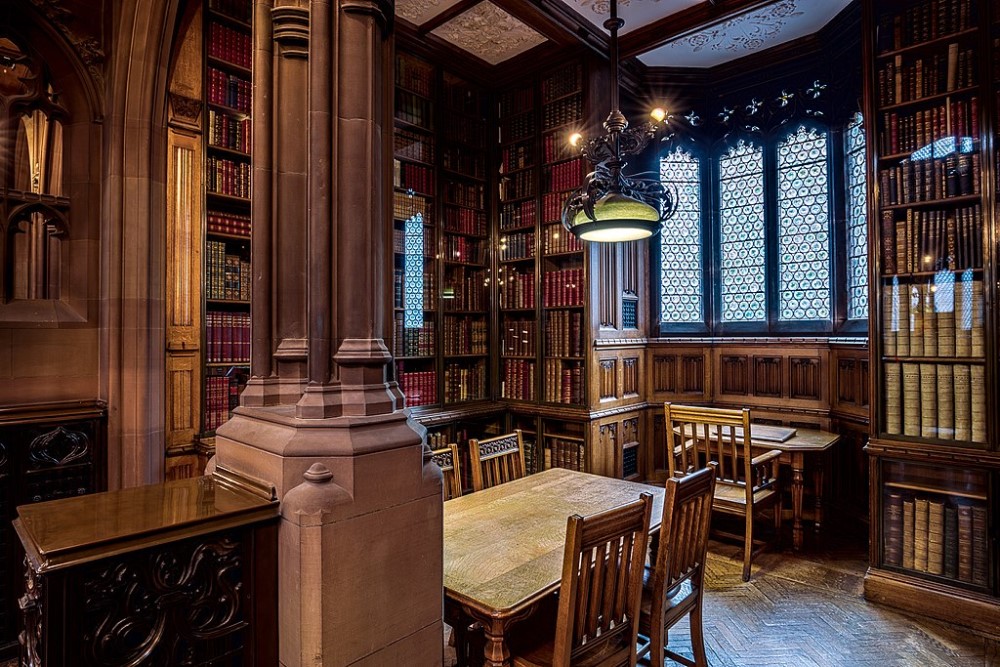
The John Rylands Library is a significant structure in Manchester, UK. It exemplifies Victorian Gothic architecture and is well-known for its collection of rare books and manuscripts. Enriqueta Augustina Rylands established the library in memory of her late husband, John Rylands, and it opened to the public in 1900.
The library houses over 1.4 million books, including Gutenberg Bibles, medieval illuminated manuscripts, and works by famous authors like Shakespeare, Dickens, and Austen. The collections span theology, literature, history, and science.
The John Rylands Library provides a peaceful environment for visitors to explore and study. The building’s architecture and grandeur enhance the overall experience.
One notable feature of visiting the library is the historic Reading Room, where scholars and researchers have access to rare books. The library also offers guided tours and exhibitions that provide insights into its history and importance.
Whether you have an appreciation for books, history, or magnificent architecture, the John Rylands Library is a must-visit destination in Manchester. It offers a journey through time and an opportunity to delve into knowledge and culture.
Manchester Town Hall
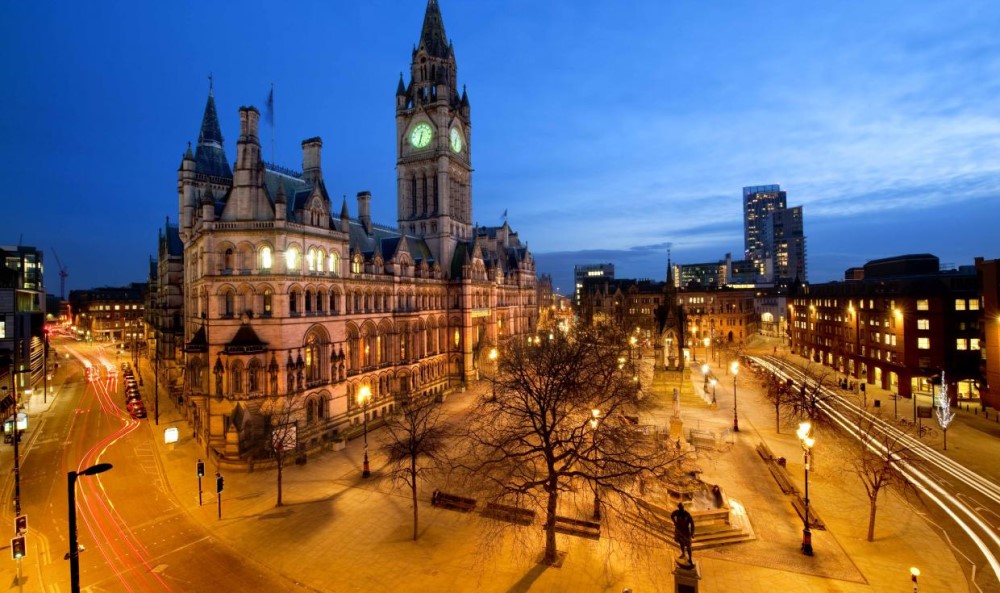
Manchester Town Hall is a historic landmark that showcases the city’s rich history and architectural beauty. Completed in 1877, it exemplifies Gothic Revival architecture, with intricate detailing and an imposing clock tower. The town hall serves as the headquarters of the Manchester City Council and also hosts events and ceremonies.
One notable feature of Manchester Town Hall is its magnificent Great Hall. With high ceilings and opulent decorations, it provides a grand setting for weddings, receptions, and other special occasions. The Great Hall is adorned with stained glass windows depicting the city’s coat of arms and notable figures from Manchester’s past.
Visitors can also explore the Sculpture Hall, which houses a collection of statues and busts of prominent figures from Manchester’s history. The sculptures offer insights into the city’s cultural heritage.
For those interested in the history of Manchester Town Hall, guided tours are available. These tours provide a fascinating glimpse into the building’s architecture, historical significance, and its role in shaping the city’s identity.
If you’re visiting Manchester, a trip to Manchester Town Hall is a must. Whether you’re captivated by its architectural splendour or intrigued by its historical significance, this iconic landmark offers a truly immersive experience.
Victoria Baths

Victoria Baths in Manchester showcases the city’s rich architectural heritage. It was built in 1906 and was the first municipal bathing house in Manchester, serving as a public facility for over 80 years.
1. Architectural significance: Victoria Baths is an example of Edwardian design, featuring intricate tilework, stained glass windows, and original fixtures. The building’s facade is made of red brick.
2. Historical importance: Victoria Baths played a crucial role in improving public health and hygiene in the early 20th century as the first public bathing house in Manchester. It provided a safe and accessible place for residents to bathe and relax.
3. Unique features: The baths consisted of three pools, including a large first-class pool for men, a smaller second-class pool for women, and a private pool. The Turkish Baths section offered steam rooms and a sauna.
4. Cultural events and exhibitions: Today, Victoria Baths is a community venue that hosts art shows, concerts, and weddings. Visitors can explore the building’s architecture and learn about its history through tours and exhibitions.
5. Restoration efforts: In the late 20th century, Victoria Baths underwent restoration, bringing back the iconic Turkish Baths section and preserving important features for future generations.
Victoria Baths stands as a testament to Manchester’s heritage and is a cherished site for locals and tourists. Its beauty and significance make it a must-visit destination for those interested in the city’s past.
The Science and Industry Museum
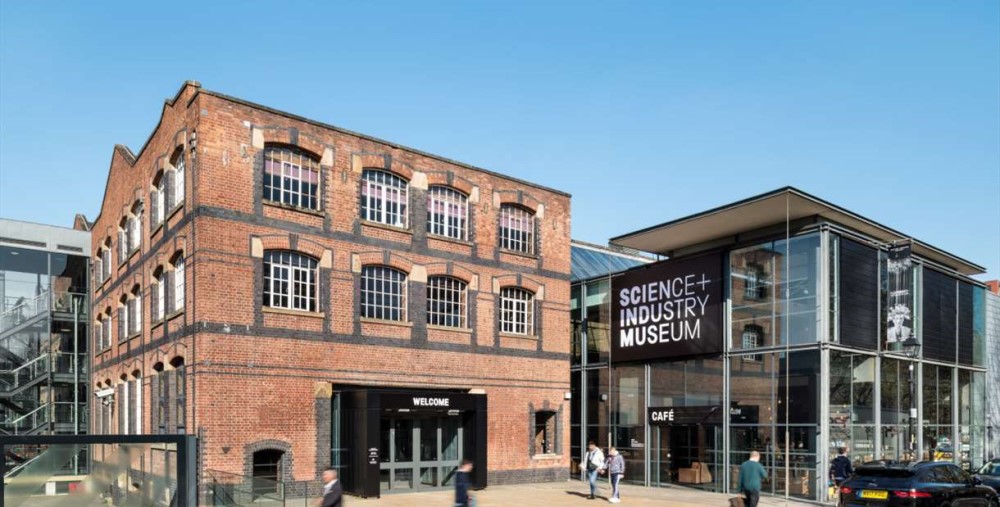
The Science and Industry Museum in Manchester showcases the history and development of science and industry. It offers a unique opportunity to explore the heritage and innovation in these fields.
The museum displays exhibits highlighting advancements in science and industry over the years. Visitors can learn about the Industrial Revolution’s impact on Manchester and the technological breakthroughs that have shaped our world.
One key attraction is the Power Hall, housing a collection of steam engines and locomotives. Visitors can witness the impressive machinery that powered Manchester’s industrial transformation and appreciate the innovative engineering behind their design.
Another highlight is the Textiles Gallery, exploring the history of textile production in Manchester. Visitors can learn about the city’s role as a major textile centre and see the machinery and tools used in manufacturing.
The museum offers interactive exhibits and workshops engaging visitors of all ages. From hands-on experiments to demonstrations of cutting-edge technology, there is something for everyone to enjoy and learn from.
The Science and Industry Museum provides valuable insights into the progress of science and industry. It is a testament to Manchester’s rich industrial heritage and ongoing contributions to innovation and discovery.
The People’s History Museum
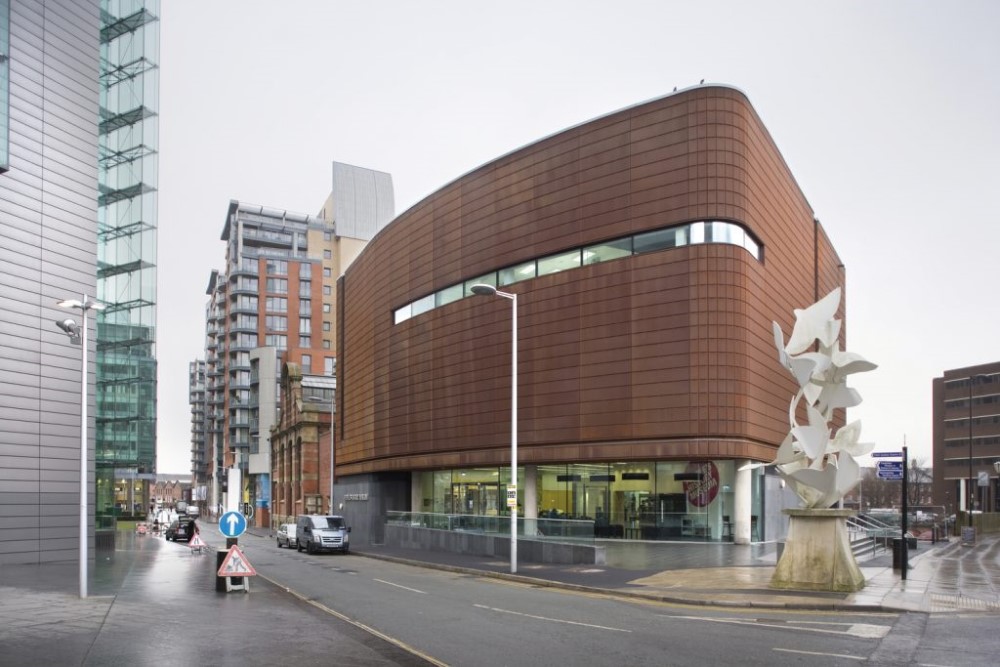
The People’s History Museum in Manchester is an educational destination for history enthusiasts. The museum showcases the history of working people in Britain through a wide range of exhibits. These exhibits highlight the struggles, achievements, and contributions of ordinary people throughout history.
Visitors can engage with interactive displays that bring the history to life and gain a deeper understanding of the experiences of working-class individuals. The museum houses over 600 artifacts, including objects, archives, and artworks that provide insight into the lives and stories of the working-class population.
Various educational programmes are offered for all ages to raise awareness and promote a better understanding of social justice, equality, and democratic participation. Temporary exhibitions explore different aspects of working-class history and contemporary issues.
The museum is committed to accessibility and offers facilities and resources for visitors with disabilities. Visiting The People’s History Museum allows individuals to gain insight into the struggles and triumphs of working people in Britain and appreciate the importance of social change and the impact of individuals in shaping society.
The Manchester Art Gallery
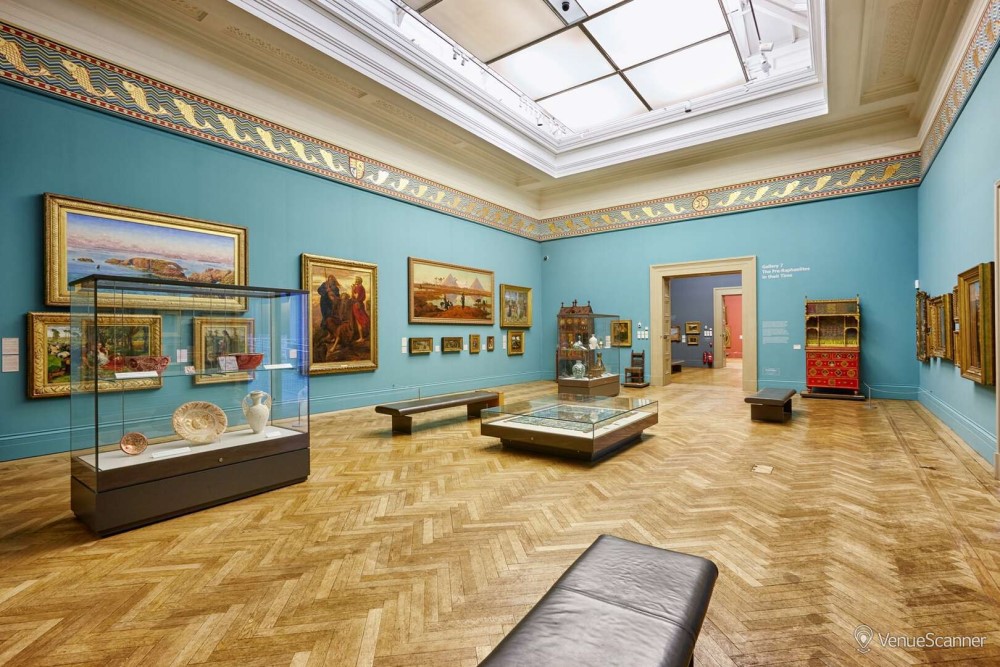
The Manchester Art Gallery is a well-known attraction in Manchester. Discover the gallery for the following reasons:
1. Art collection: The gallery houses a diverse collection of artworks, ranging from ancient to modern masterpieces by acclaimed artists such as Vincent van Gogh, Pablo Picasso, and David Hockney.
2. Exhibitions: Throughout the year, temporary exhibitions present various themes and artists, offering an opportunity to explore new artworks.
3. Historic building: The gallery itself is a masterpiece, featuring impressive architecture and magnificent interiors that enhance the experience.
4. Free entry: The Manchester Art Gallery provides free entry to its permanent collection, ensuring accessibility for everyone to enjoy and appreciate art.
5. Family-friendly activities: Activities and workshops for families and children make it an ideal destination for a day out with the family.
Established in 1823, the Manchester Art Gallery has played a significant role in promoting art and culture in the city. It has become a beloved institution, attracting both locals and tourists. The gallery showcases a wide range of art forms and engages the community through educational programs, solidifying its place as one of Manchester’s cultural landmarks.
The Bridgewater Canal
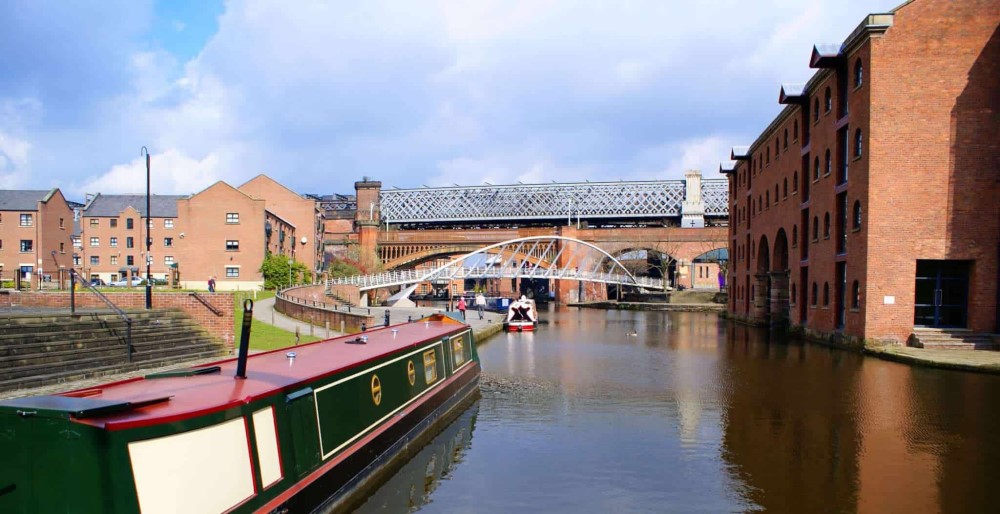
The Bridgewater Canal, located in Manchester, is a historic waterway that played a significant role in the Industrial Revolution. It was built in 1761 by the Duke of Bridgewater and was the first canal in Britain specifically designed for coal transportation.
The canal connected coal mines in Worsley to the industrial city of Manchester, completely transforming transportation and promoting economic growth. Stretching 39 miles, the Bridgewater Canal was an impressive engineering feat, utilizing locks, aqueducts, and tunnels to navigate the challenging terrain.
During its peak, the canal transported millions of tonnes of coal, greatly enhancing Manchester‘s industrial capabilities. It turned Manchester into a prosperous industrial center, facilitating the easy transportation of goods and materials.
Today, the canal serves as a scenic waterway, attracting visitors who can walk along its towpaths, take boat trips, or appreciate its historical significance. The Bridgewater Canal remains an integral part of Manchester‘s heritage, providing a unique glimpse into the city’s industrial past.
Whether you are interested in history, engineering, or simply want to take a leisurely stroll, a visit to the Bridgewater Canal is a must when exploring Manchester‘s historic sites.
A Brief History of Manchester
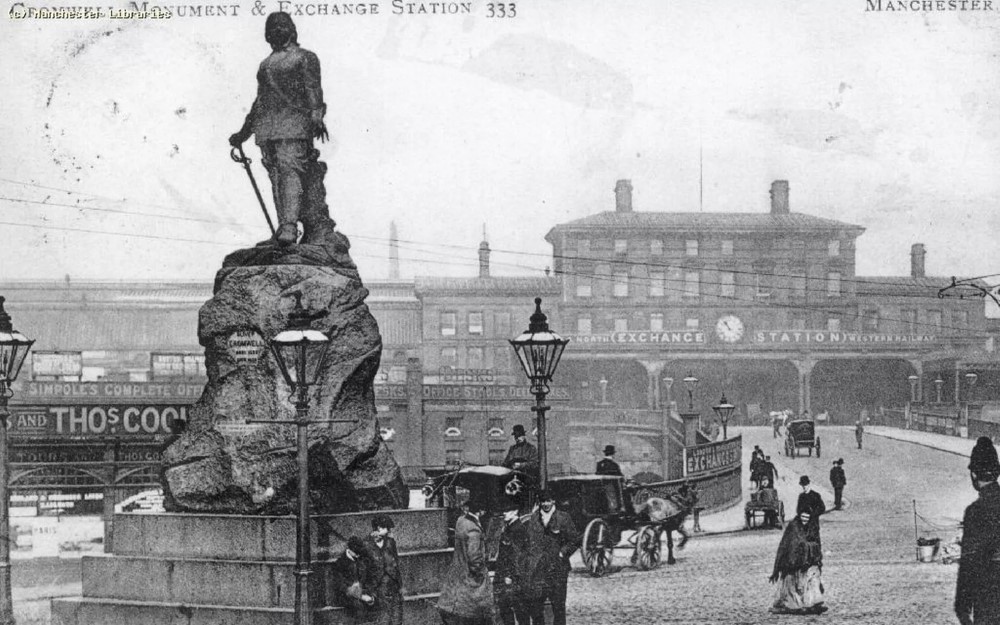
Manchester, located in the northwest of England, boasts a remarkable past, earning it the title of “Cottonopolis.” Its journey began as Mamucium, a Roman fort guarding the crossing of the River Irwell. Flourishing during the 18th century, rapid industrialization in Manchester, fueled by the cotton industry, resulted in the emergence of mills and factories.
Not only did Manchester thrive economically, but it also played a pivotal role in scientific and technological advancements. The city witnessed the birth of the first passenger railway station, marking a transformative moment for the modern railway system.
Manchester’s history is also intertwined with social change. The infamous Peterloo Massacre of 1819, where peaceful protestors advocating for political reforms were brutally dispersed, left an indelible mark on the city’s narrative. This event ultimately contributed to political reform throughout the nation.
Although Manchester faced challenges in the 20th century due to the decline of its manufacturing industries, it successfully reinvented itself as a hub of culture and creativity. Today, the city is renowned for its vibrant music performances, art galleries, and esteemed educational institutions.
Manchester, a captivating destination, allures visitors globally with its rich history reflected in its architectural marvels, museums, and the anecdotes shared on its bustling streets. Exploring this city is like embarking on a captivating journey through time, offering valuable insights into its past and its enduring impact on the nation’s heritage.
What Are the Most Significant Historical Events in Manchester?
Manchester has a prosperous history with significant events that have shaped the city. What Are the Most Significant Historical Events in Manchester? Here are some crucial historical events in Manchester:
- The Industrial Revolution: Manchester played a pivotal role in the Industrial Revolution, becoming a hub for textile manufacturing and trade. The growth of the cotton industry transformed the city into a major industrial powerhouse.
- The Peterloo Massacre: In 1819, a peaceful protest for political reform turned violent. The Peterloo Massacre resulted in the deaths of several protestors and led to increased demands for democratic rights.
- The Suffragette Movement: Manchester was a central location for suffragette activity in the early 20th century. Women such as Emmeline Pankhurst fought for women’s right to vote. The suffragette movement played a crucial role in achieving universal suffrage in the UK.
- World War II: Manchester, like other cities in the UK, suffered significant impact during World War II. It endured substantial bombing in the Manchester Blitz. The city’s resilience and efforts to rebuild after the war strengthened its identity.
- The Manchester Arena Bombing: In 2017, a terrorist attack occurred at the Manchester Arena during an Ariana Grande concert, resulting in the loss of many innocent lives. The city came together in support of the victims, displaying resilience in the face of adversity.
Understanding Manchester’s historical events is vital for appreciating its present. Exploring these events can provide insights into the city’s cultural, social, and political development. Visitors can deepen their understanding by visiting museums, historical sites, and engaging with local guides.
What Are the Stories Behind Manchester Historic Sites?
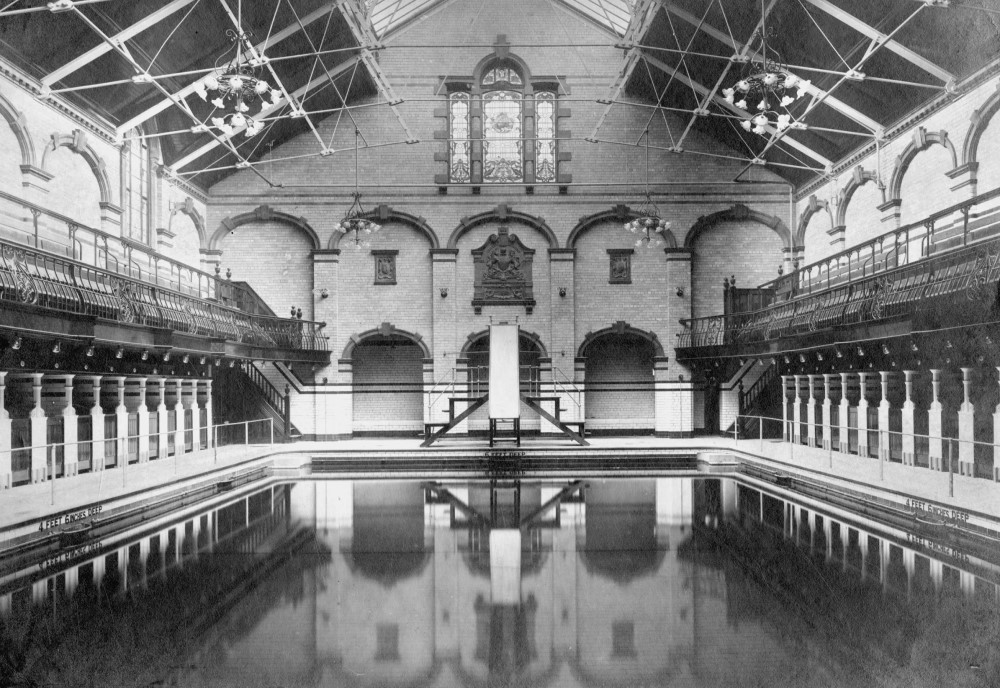
Manchester is a city with a rich history, and its historical sites have fascinating stories. Here are the stories behind some of Manchester’s iconic landmarks:
1. Manchester Cathedral: The cathedral dates back to the 15th century and has witnessed significant historical events, such as the bombing during World War II. Today, it serves as a place of worship and a symbol of resilience.
2. Castlefield: This area was once a Roman fort and later became an industrial hub during the Industrial Revolution. It now showcases Manchester’s past and is a popular destination for visitors to explore its canals and warehouses.
3. The John Rylands Library: Built in the late 19th century, the library is a magnificent example of Victorian Gothic architecture. It was established by Enriqueta Rylands in memory of her husband and houses a vast collection of rare books and manuscripts.
4. Manchester Town Hall: Designed by Alfred Waterhouse, the town hall is an architectural masterpiece. It has hosted numerous significant events, including the first meeting of the Manchester Ship Canal Company. Visitors must see its beautiful interiors and clock tower.
5. Victoria Baths: This Edwardian swimming pool complex was once a place for leisure and health pursuits. It features stunning stained glass windows and has been transformed into a popular events venue.
These are just a few examples of Manchester’s historical sites, each with its unique story. Exploring these landmarks provides a glimpse into the city’s past and its transformation. Immerse yourself in the history and heritage of Manchester by visiting these sites.





